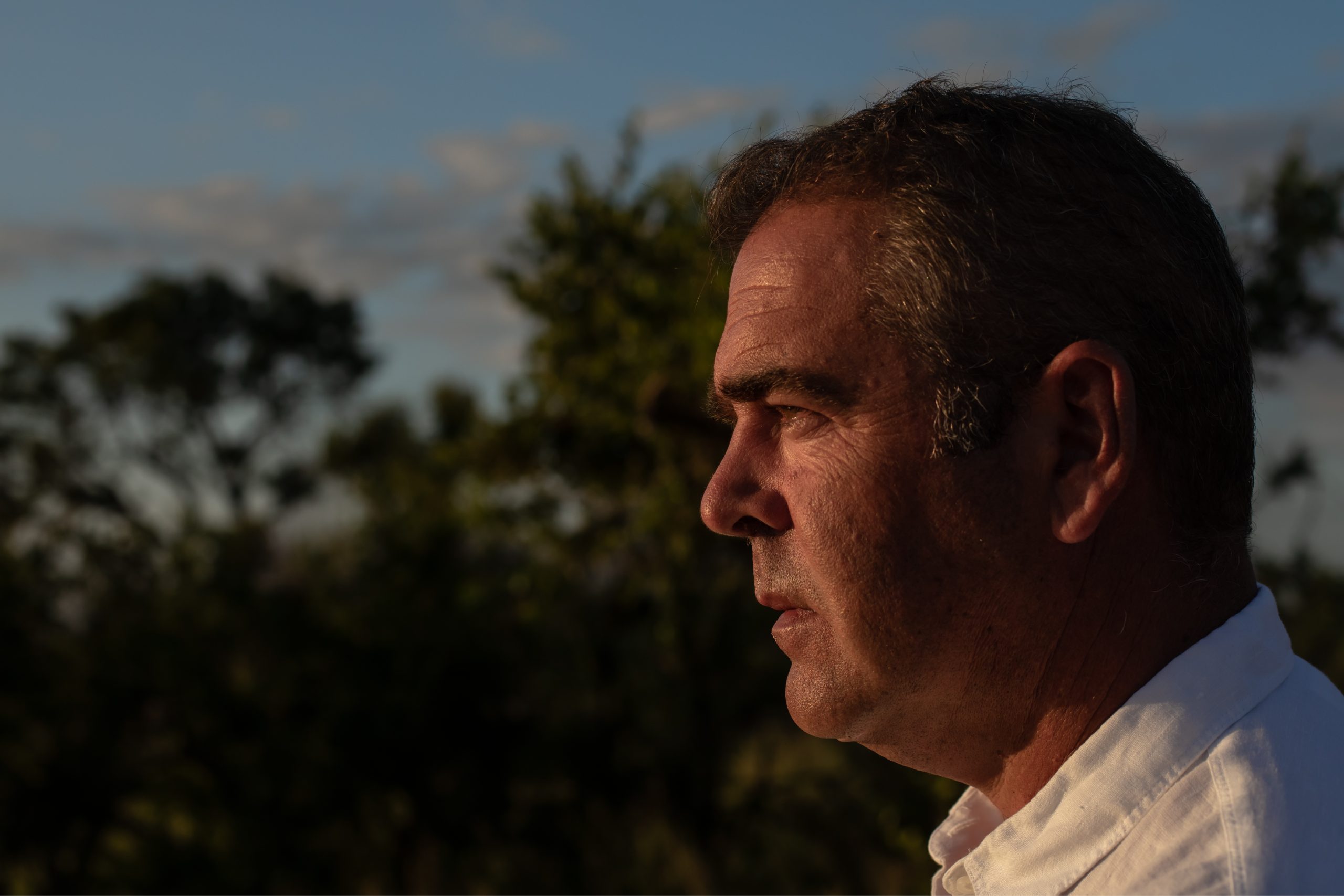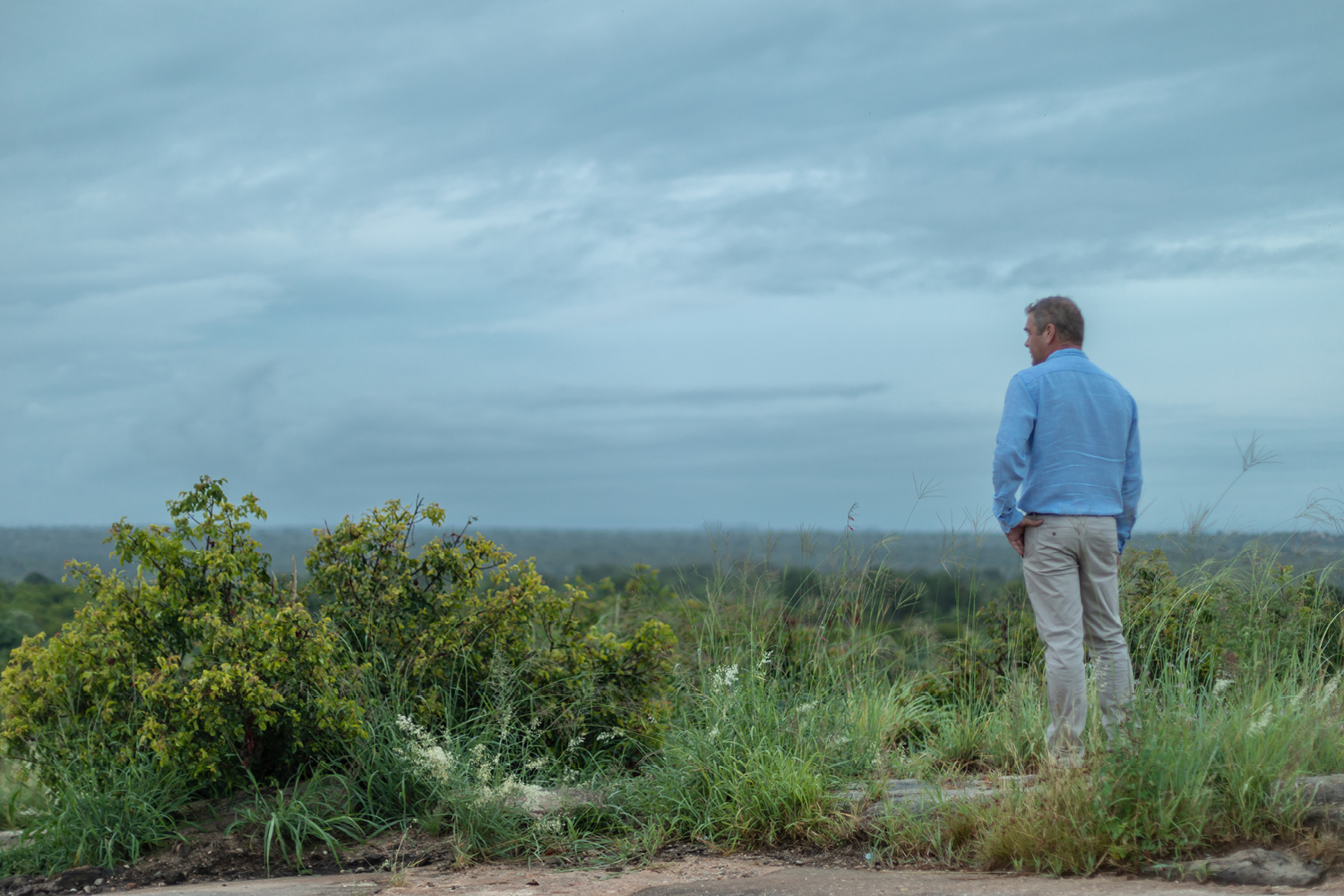Does the label match what’s in the can?
In times of high volatility and unforeseen events, investment managers who stick to their investment philosophy remain poised to outperform the market over time. Omri Thomas, the portfolio manager of the Amplify SCI* Flexible Equity Fund and director of Abax Investments, follows an asymmetric returns mindset to manage the downside while capturing as much of the upside as possible. He explains why fund managers who consistently follow a similar style over time can prove to investors that the label does indeed match what’s in the can, even if those events and volatility may have left them wrong-footed.
For most investors, a 20% loss hurts so much more than a 20% gain. Also, if you lose 10%, the market will have to run 11% to get you back to where you were. This position escalates so that if you lose 60%, for example, the market needs to run 150%. This is why it is so important to try to limit losses. If you only capture a certain portion of the downside and slightly more of the upside, you will outperform the market over time.
The Amplify SCI* Flexible Equity Fund aims to capture two-thirds of the upside and limit to one-third of the market’s downside. This is a noble cause to chase and one which only about 5% of funds are able to achieve, and 60/40 is probably more realistic and will still result in outperforming the market.
The fund manager does this by being mindful of risk. Following the effects of the volatility of the first quarter of last year, the fund manager’s ability to stick to its processes and philosophy enabled it to recover and consistently improve its returns and take some lessons learnt into future processes.
The fund is focused on good risk-adjusted returns achieved through the use of a wide toolkit, including active asset allocation, security selection, hedging and the use of hybrids, among others.
Asset allocation varies over time, and the fund’s managers are not scared to bring some asset exposure to zero where they do not see any value. The fund views currency as an asset class and uses it accordingly.
The fund uses hedging to protect against falling prices. It has successfully used hybrids, such as structured notes, convertible bonds and preference shares that account for 15% of the portfolio. The fund’s Royal Bafokeng convertible bond was converted to equity following the share price’s strong run, giving it the flexibility to sell as it has done so well that it has become a substantial portion of the portfolio, a position it wants to temper over time.
These and other strategies have resulted in a cumulative return, since Abax Investments took over managing the mandate in August 2017, of 25.45% compared to the JSE All Share SWIX’s 22.09% over the same period and at lower levels of risk.
Using Abax’s multi-asset team, the fund continues to invest when the risk versus return payoff profile is favourable. There is downside protection through stock selection, asset allocation and hedging, allowing us to build diversified portfolios to be robust in a range of market outcomes.
The fund currently has 50.6% allocated to South African equities. At the same time, convertibles and prefs account for 4.9%, South African property 7.9%, South African bonds 7.6%, cash 12.6%, and an offshore exposure of 16.4%, 13.2% in offshore equities.
Among its top investments are Naspers (7.3%), Royal Bafokeng (6.7%), British American Tobacco (5.5%), Eurostoxx notes (2.7%) and smaller but relatively significant shares in FirstRand, African Rainbow Capital, Alexander Forbes, AngloGold, Standard Bank and Balwin.
The South African market is not excessively overvalued compared to other markets, and the fund continues to find attractively valued shares, including commodity-related shares, notwithstanding their recent rise. Even if commodity prices come down a bit, our commodity shares still look reasonably priced and should be supported by earnings and cash flows, and we should see some special dividends coming through. These companies have been hoarding cash and paying down debt and are sitting with healthy balance sheets.
Relative to bonds, the local equities market is still attractively valued, as it is relative to many global markets that are currently showing artificial strength resulting from stimulus attempts.
However, substantial risks remain in the local market, and the management of risk is key. The essence is to manage risks while trying to capture as much of the upside.
While he does not expect significant GDP or earnings growth in South Africa, compensated for in some cases by high dividend yields, he does expect reasonable returns at reasonable risk from selected investments.
*Sanlam Collective Investments











